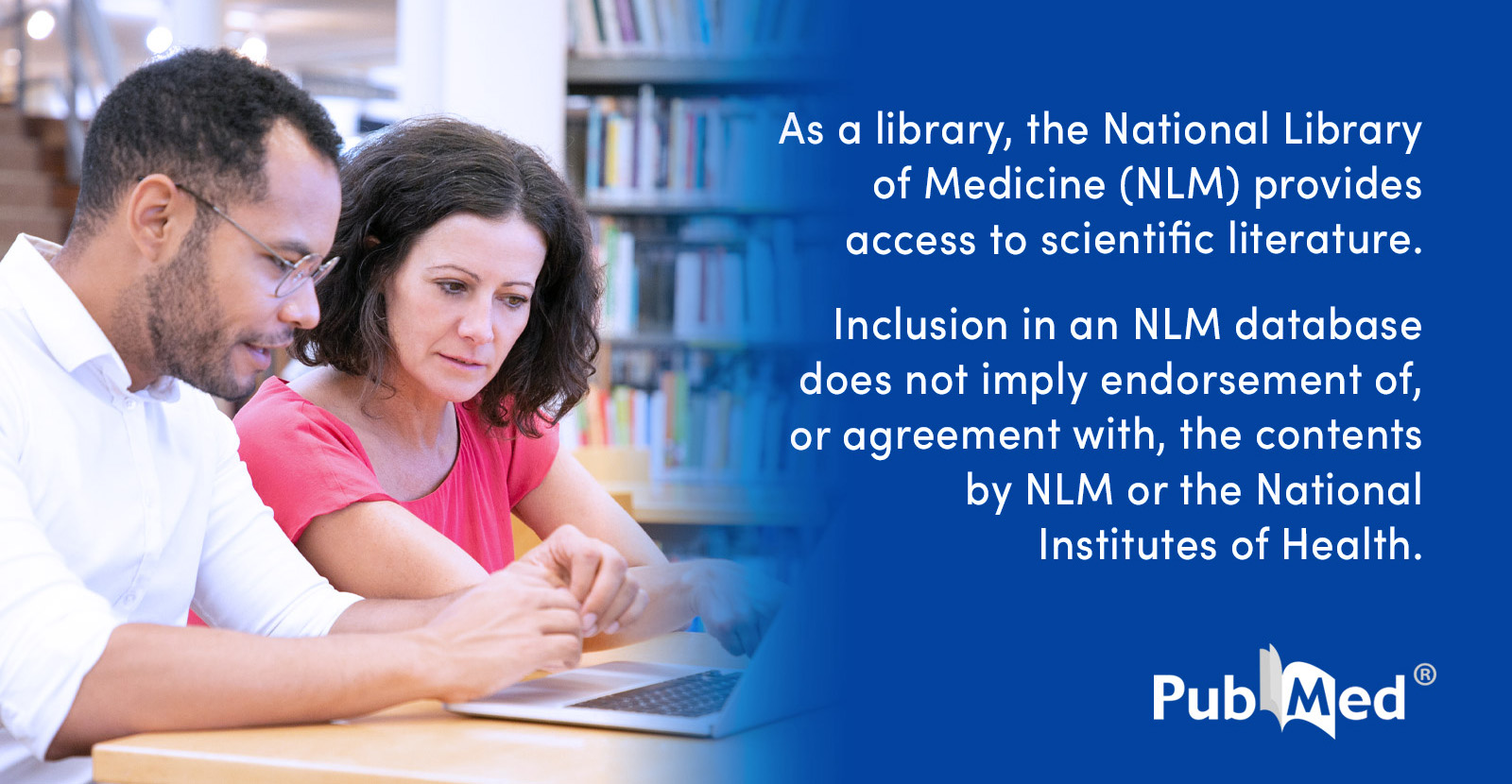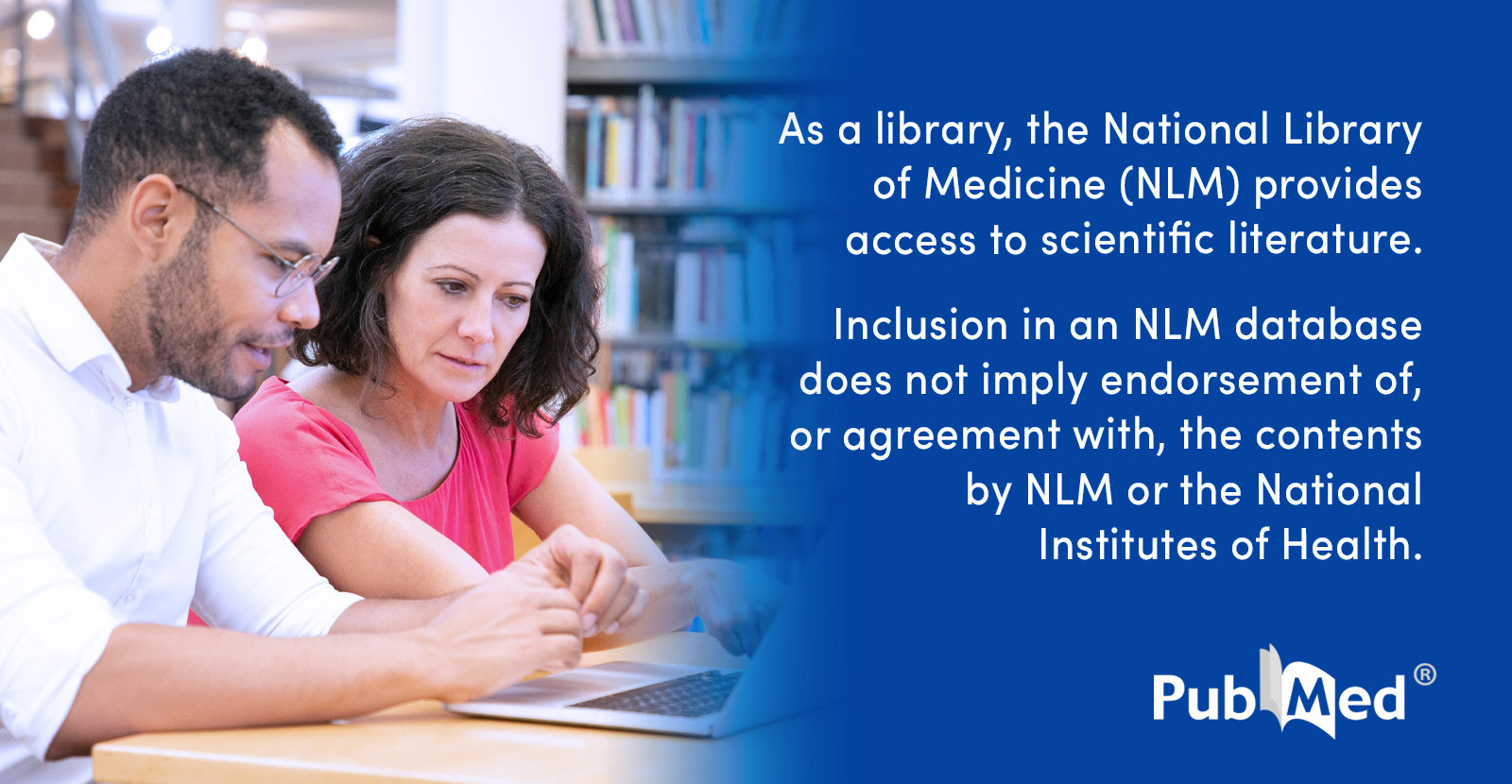Improving Performance of Breast Cancer Risk Prediction by Incorporating Optical Density Image Feature Analysis: An Assessment.
Autor: Yan, Shiju; Wang, Yunzhi; Aghaei, Faranak; Qiu, Yuchen; Zheng, Bin
Publication year: 2022
Academic radiology
issn:1878-4046 1076-6332
doi: 10.1016/j.acra.2017.08.007
Abstract:
RATIONALE AND OBJECTIVES: The purpose of this study is to improve accuracy of near-term breast cancer risk prediction by applying a new mammographic image conversion method combined with a two-stage artificial neural network (ANN)-based classification scheme. MATERIALS AND METHODS: The dataset included 168 negative mammography screening cases. In developing and testing our new risk model, we first converted the original grayscale value (GV)-based mammographic images into optical density (OD)-based images. For each case, our computer-aided scheme then computed two types of image features representing bilateral asymmetry and the maximum of the image features computed from GV and OD images, respectively. A two-stage classification scheme consisting of three ANNs was developed. The first stage included two ANNs trained using features computed separately from GV and OD images of 138 cases. The second stage included another ANN to fuse the prediction scores produced by two ANNs in the first stage. The risk prediction performance was tested using the rest 30 cases. RESULTS: With the two-stage classification scheme, the computed area under the receiver operating characteristic curve (AUC) was 0.816 ± 0.071, which was significantly higher than the AUC values of 0.669 ± 0.099 and 0.646 ± 0.099 achieved using two ANNs trained using GV features and OD features, respectively (P < .05). CONCLUSION: This study demonstrated that applying an OD image conversion method can acquire new complimentary information to those acquired from the original images. As a result, fusion image features computed from these two types of images yielded significantly higher performance in near-term breast cancer risk prediction. Language: eng Rights: Copyright © 2017 The Association of University Radiologists. Published by Elsevier Inc. All rights reserved. Pmid: 28985925 Tags: Humans; Female; ROC Curve; Neural Networks, Computer; *Breast Neoplasms/diagnostic imaging; Breast cancer; Breast Density; Breast/diagnostic imaging; computer-aided detection (CAD); feature analysis; image conversion; Mammography/methods; Radiographic Image Interpretation, Computer-Assisted/methods; risk stratification Link: https://pubmed.ncbi.nlm.nih.gov/28985925/








